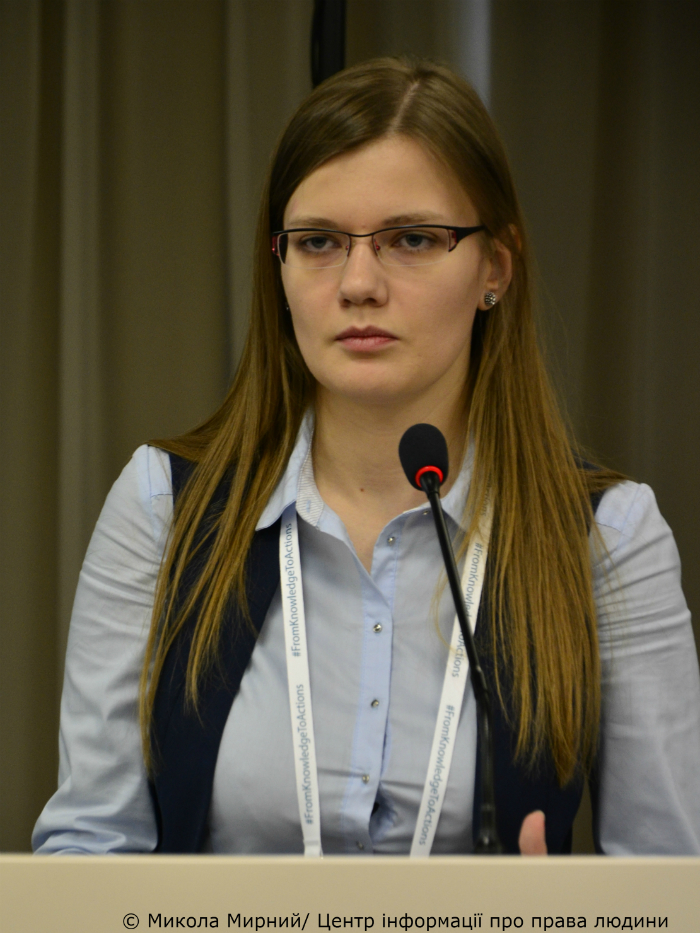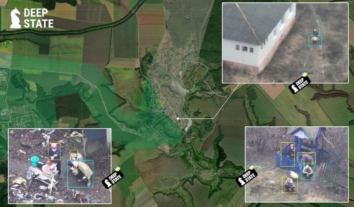Only one-third of Ukrainian adolescents get HIV test on their own initiative – survey
54% of adolescents of risk group got HIV test over past year. This figure reaches 23% among the children, who do not belong to risk groups.
This was announced by Kateryna Nahorniak, representative of the Oleksandr Yaremenko Ukrainian Institute of Social Research, referring to the online survey of 1,439 adolescents 10-24 years old.
According to the experts, the risk group involves children who had more than six partners within 12 months, do not use condoms or inject drugs. Girls, who practice commercial sex, and guys, who have sex with men, also relate to this group.

“The highest percentage of risk is concentrated mainly in the group of 18-19 years old. If to judge by sex, the boys are in more danger. If to talk about the adolescents of 10-17 years old, the figure reaches only 9%,” Kateryna Nahorniak said.
The respondents claim that their anonymity was violated when getting the test and medical workers demanded money for a free test.
Among other obstacles to getting the test, children also name lack of knowledge about the institutions they can get the test (23%), and fear of becoming infected during the test (10%). 59% of adolescents of risk group have never thought about the need for testing. 41% believe they have a small risk of getting infection. 28% of teenagers have never been suggested getting the test. Another 10% are afraid other people will condemn them, 17% do not even want to know if they are infected, and 11% of the children are afraid that health care workers will report test results to parents.
47% of children of risk group were offered to get the test by social workers or NGO employees. 11% of teens were offered to get the test by health care workers. 32% did the test on their own initiative and only 5% of children got the recommendation of getting the test from friends.
When asked about the reasons for getting HIV test, 67% of children said that they had had sex without a condom, 21% injected drug, 7% of children had to present the relevant documents for school, work or a visa. 7% said they had made a tattoo or piercing, and 3% had found out that their partner had injected drugs.
Since 44% of children 18-19 years old are at risk, it is necessary to develop a strategy of prevention programs for overcoming the HIV/AIDS for the group, said Nahorniak.







